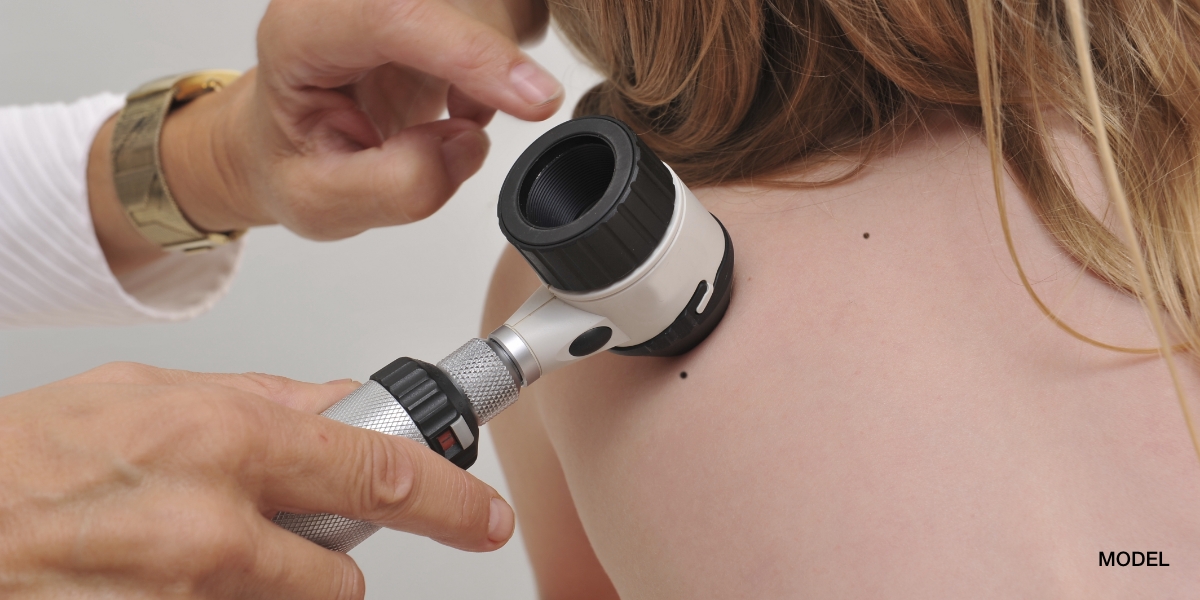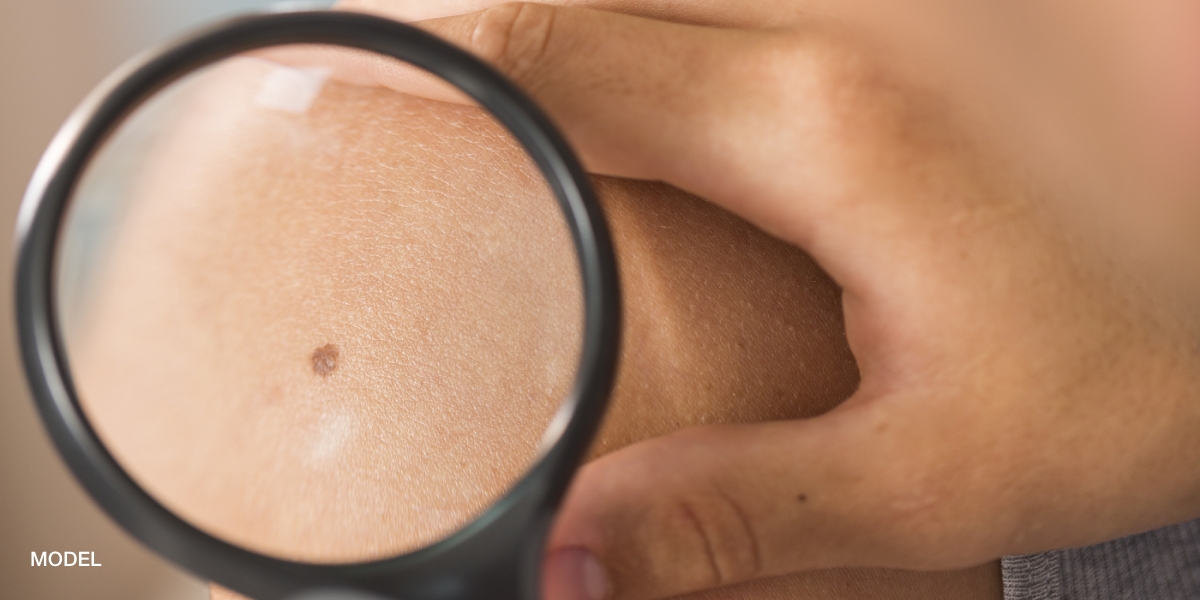Rosacea is one of the most common skin disorders I see in my patients in both my Woodlands dermatology and Conroe dermatology offices. The pathophysiology is very unclear but there are many molecular clues that have been recently discovered which should shed more light upon the exact etiology of rosacea in the next few years. Essentially, the causes of rosacea are multifactorial and each individual patient is affected differently by these influences. This entry is heavily academic but should be of interest to patients suffering from this chronic skin disease. On a structural level, the dermis has increased vasculature as many small blood vessels proliferate and give the skin a red appearance. Many environmental factors can trigger these blood vessels to dilate and produce even more facial redness. Recent studies have revealed that vascular endothelial growth factor (VEGF) a chemical that stimulates blood vessel growth was elevated in the affected skin of rosacea patients than in their unaffected skin. This dilation of the blood vessels can also cause the papules and pustules of rosacea to arise. Demodex is a microbial organism that lives on the face of almost everyone. It prefers the oily portions of the face as it feeds on sebum. In patients with rosacea, Demodex proliferates and the immune system response to this organism can account for some of the inflammation in rosacea. Ferritin has been implicated in the pathogenesis of rosacea. Ferritin is the storage form of iron and patients with rosacea were found to have higher levels of ferritin in their cells. The release of ferritin from the cells can cause oxidative damage to the skin, thus increasing inflammation. The most recently implicated molecule responsible for rosacea is LL-37. LL-37 is an antimicrobial peptide that is a member of the cathelicidin family. Rosacea patients have a very high level of LL-37, which is responsible for erythema (redness), blood vessel growth/formation, and inflammation.
October 3, 2010

Medically reviewed by Anthony J. Perri, M.D.
You May Also Like



Request a Consultation (Sidebar)
Recent Posts
Categories
- Uncategorized (512)
Tags
acne (6)
acne treatment (3)
acne vulgaris (2)
basal cell carcinoma (2)
biopsy (3)
cold urticaria (1)
common skin conditions (11)
dermatologist (15)
dermatology (7)
dr. perri (8)
dry skin (1)
eczema (2)
filiform (1)
health (3)
Herpes (1)
herpessimplex (1)
hives (2)
indentification (1)
keratosis pilaris (1)
Lichen Planopilaris (1)
melanoma (2)
moles (3)
periungual (1)
perri dermatology (10)
prevention (2)
rashes (2)
rosacea (3)
rosacea therapy (2)
skin cancer (6)
skin cancer screening (5)
skin care (2)
skin checks (8)
skin condition (6)
skin conditions (8)
skin damage (2)
skin exam (8)
summertime (3)
sunburn (3)
sunburns (2)
Sunprotection (1)
sunscreen (2)
virus (1)
warts (2)
why perri dermatology (3)
woodlands dermatologist (6)
